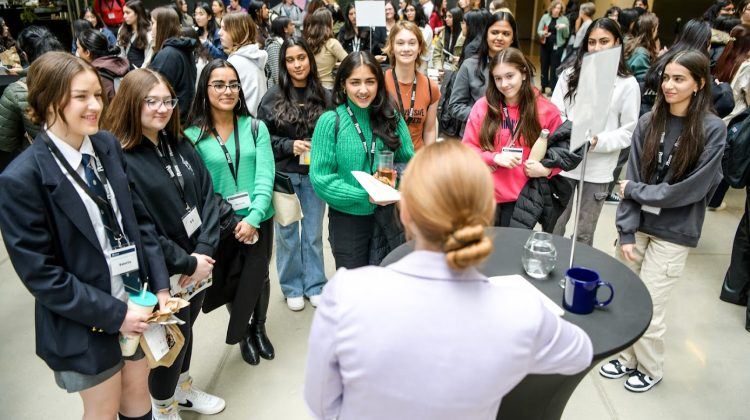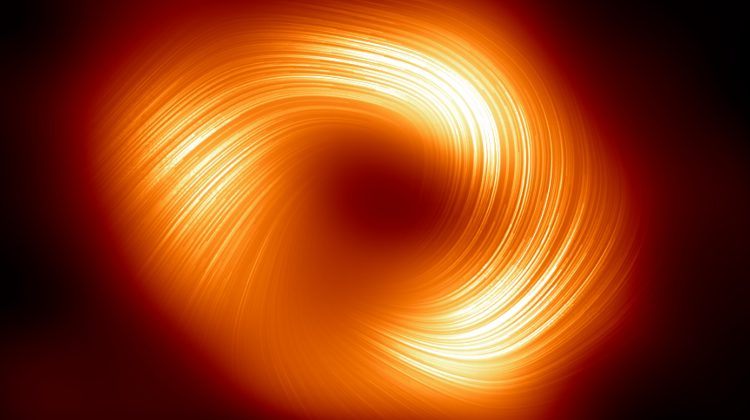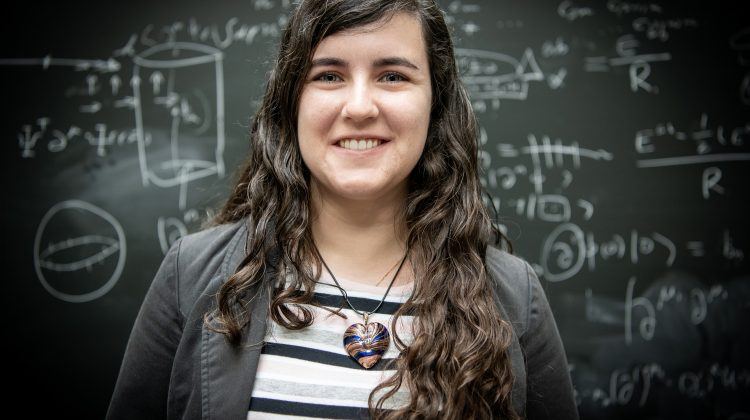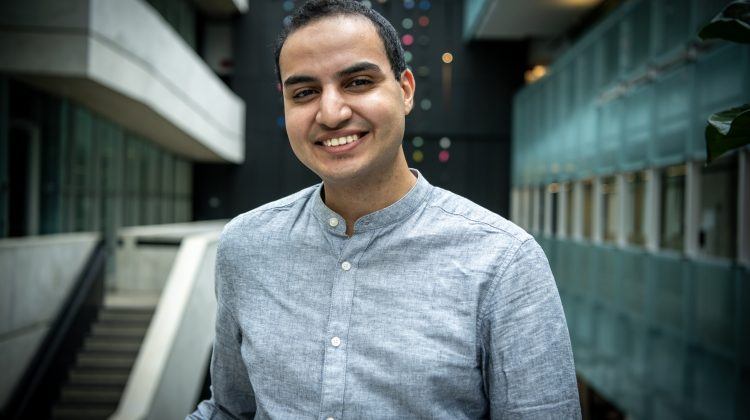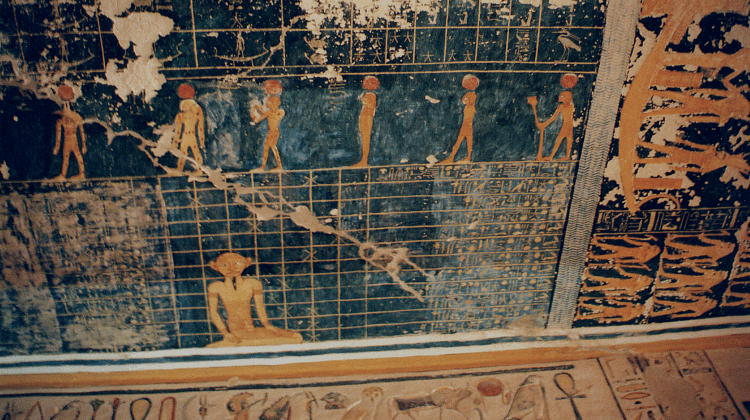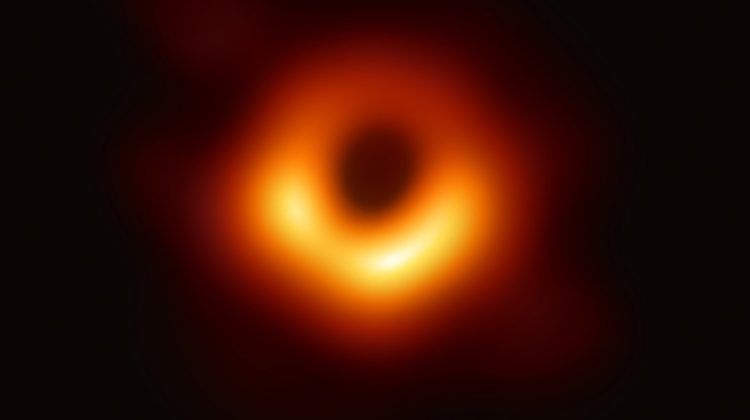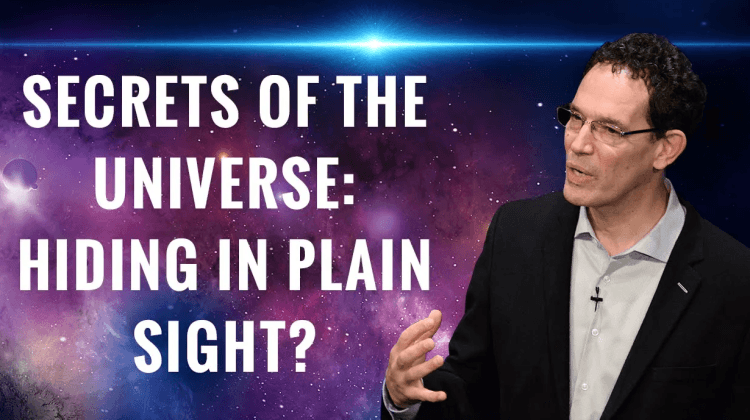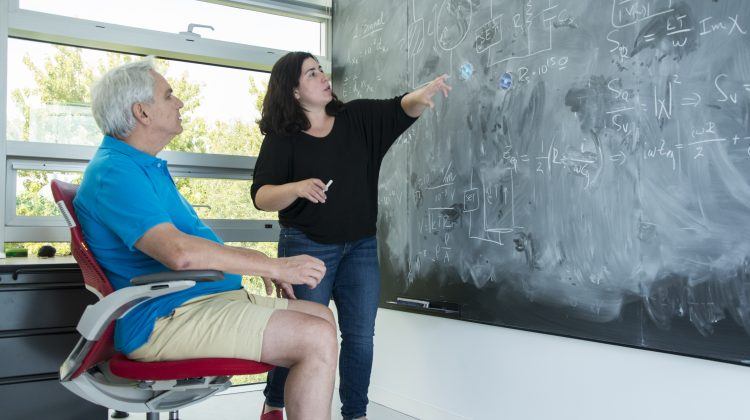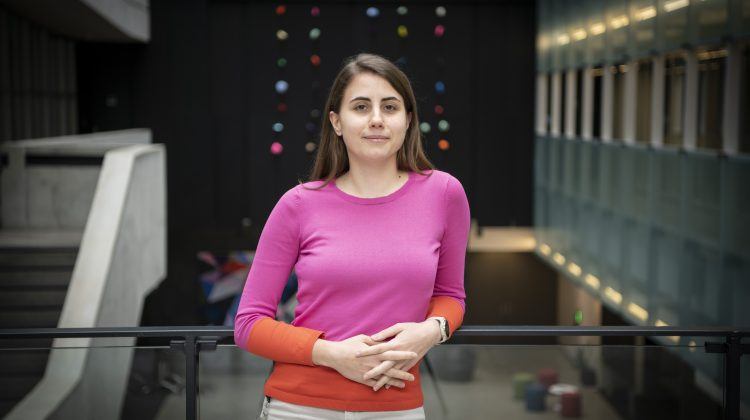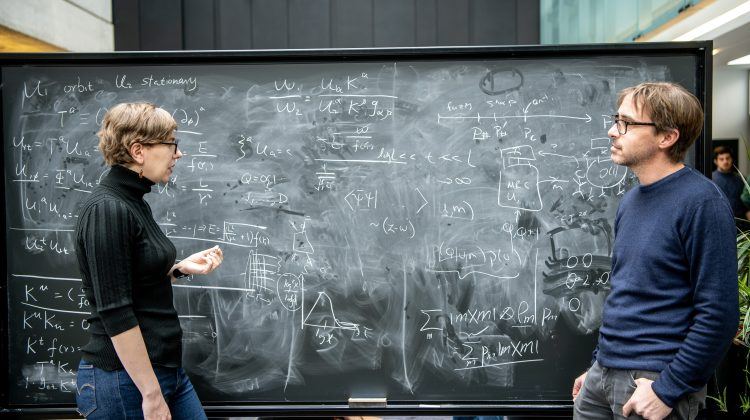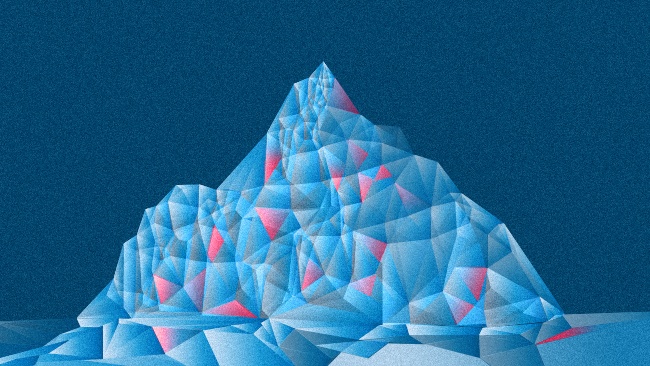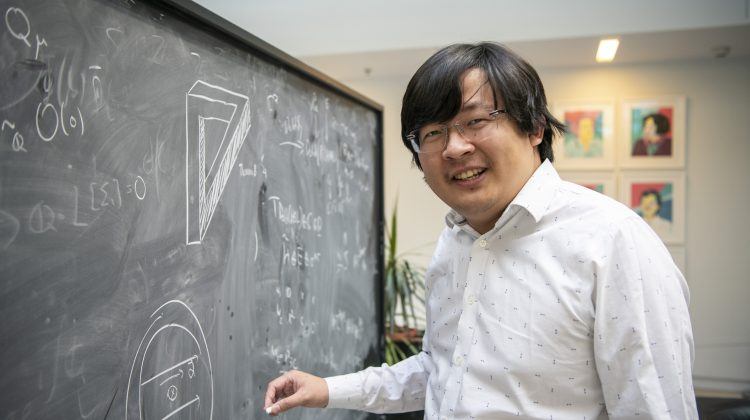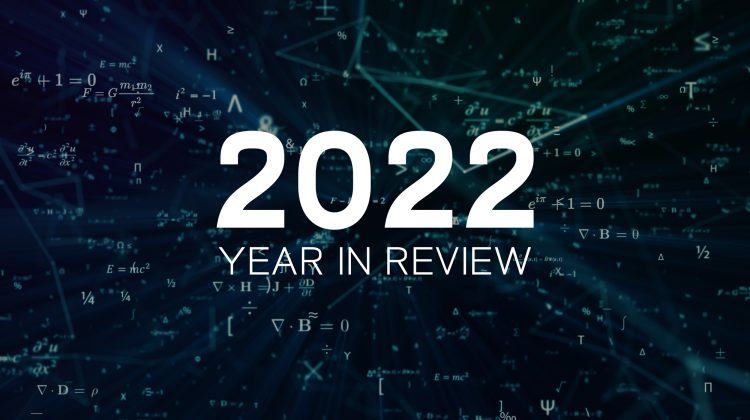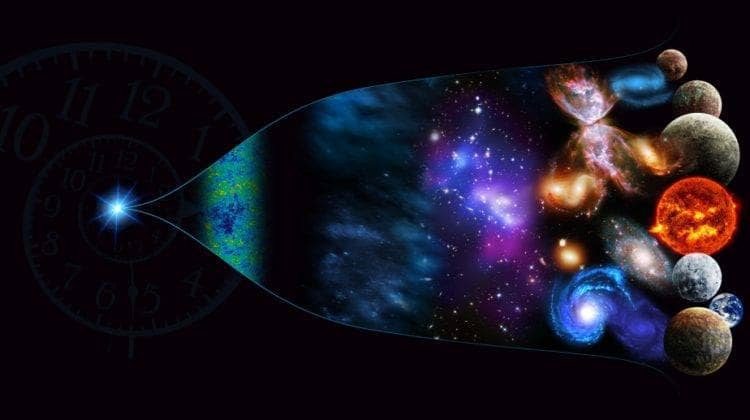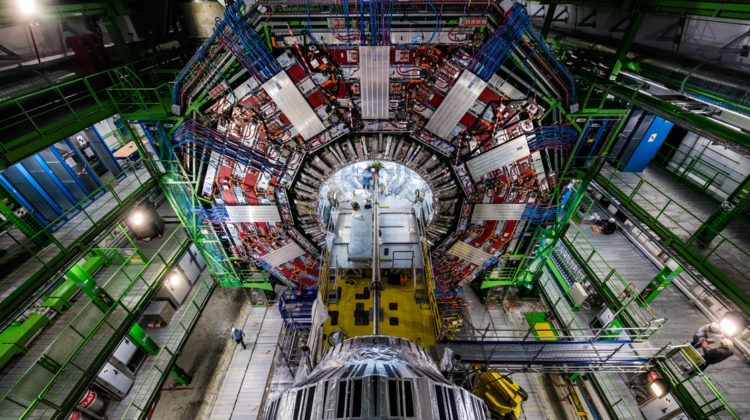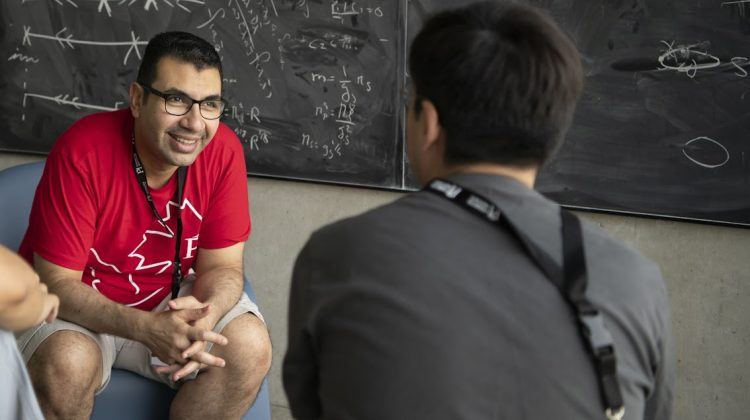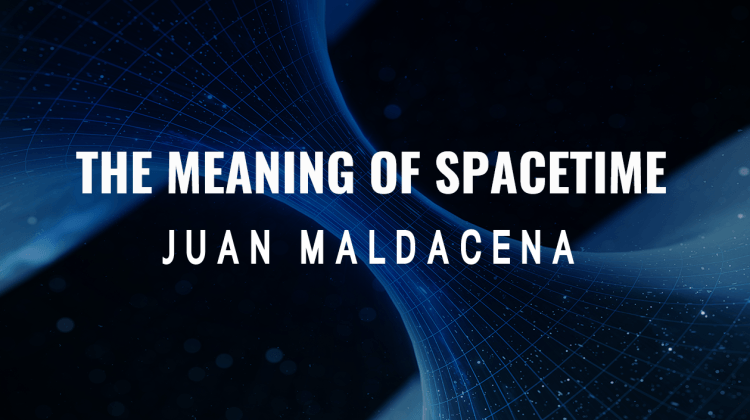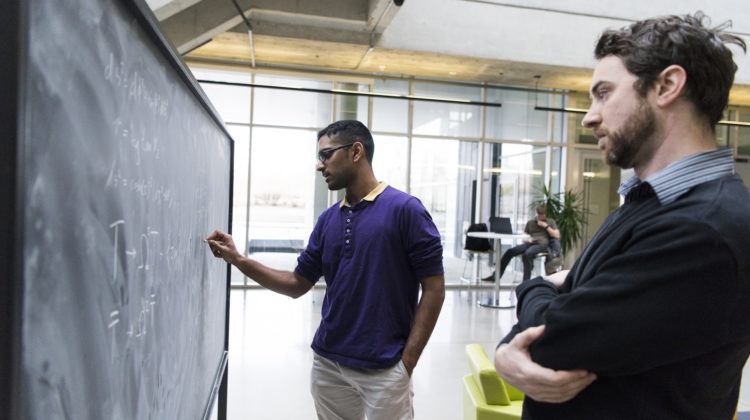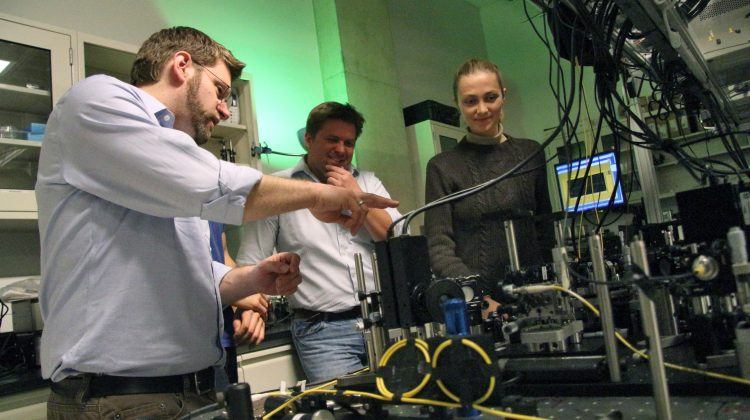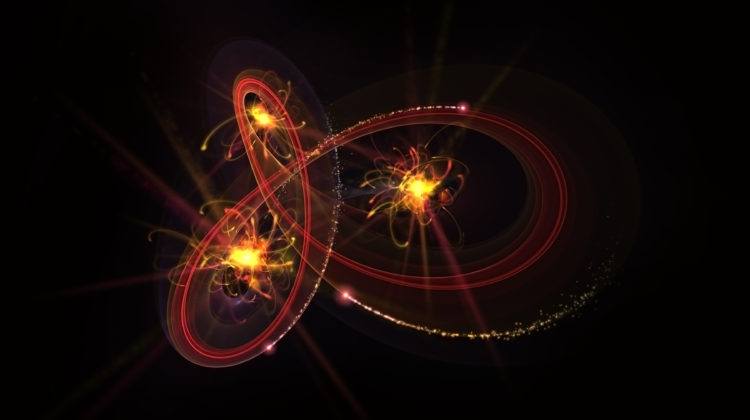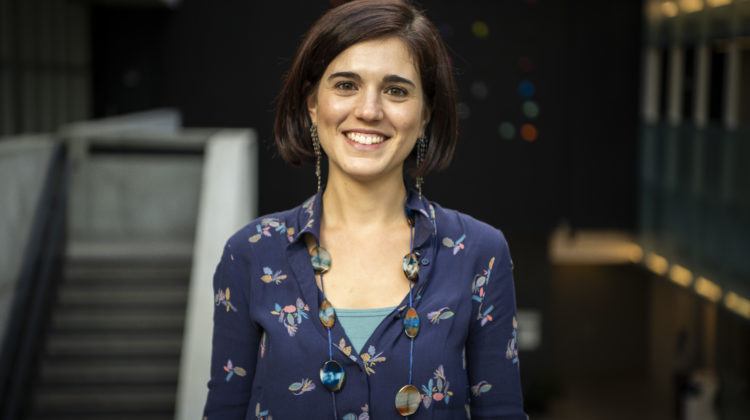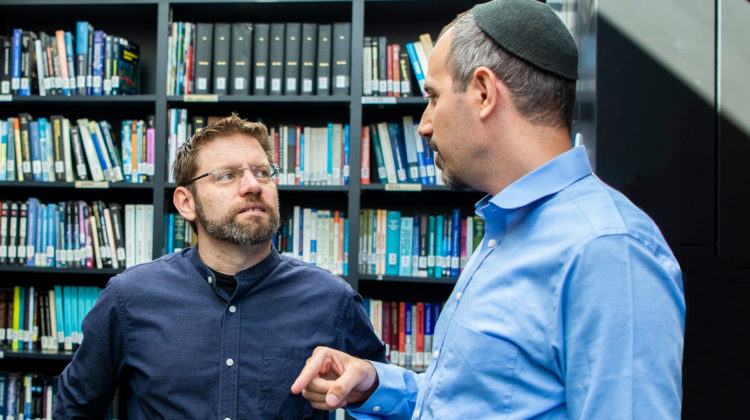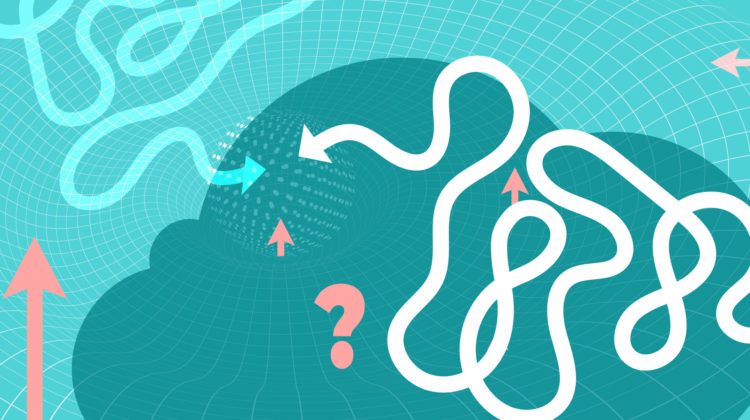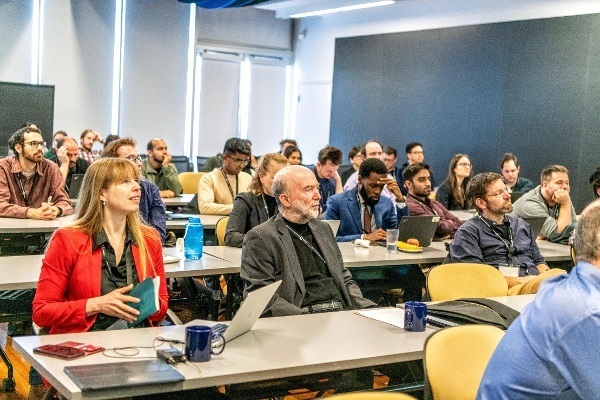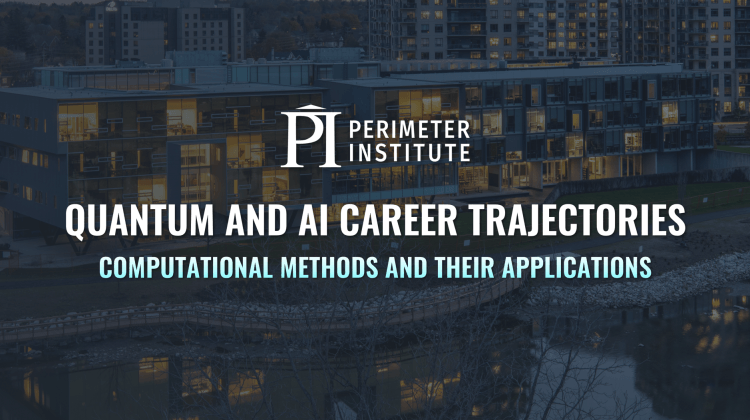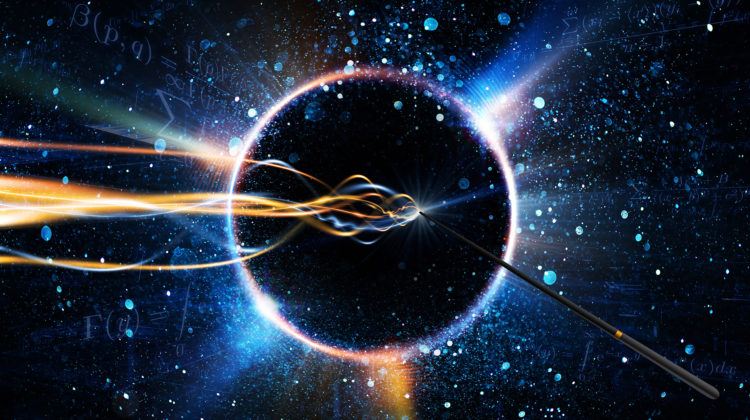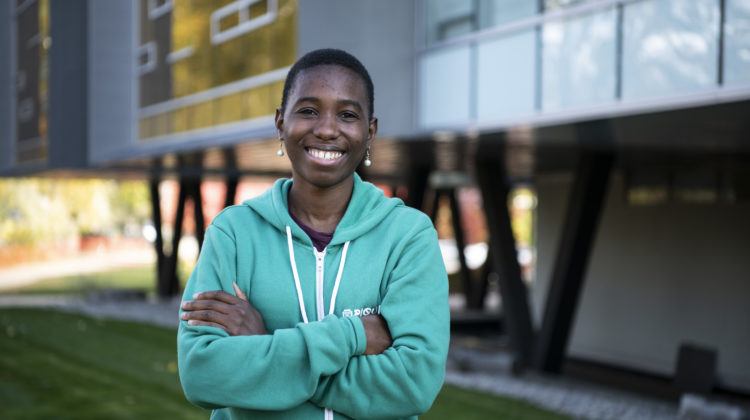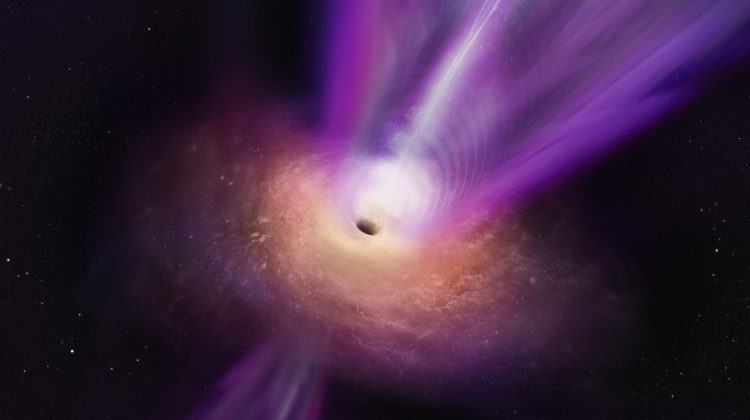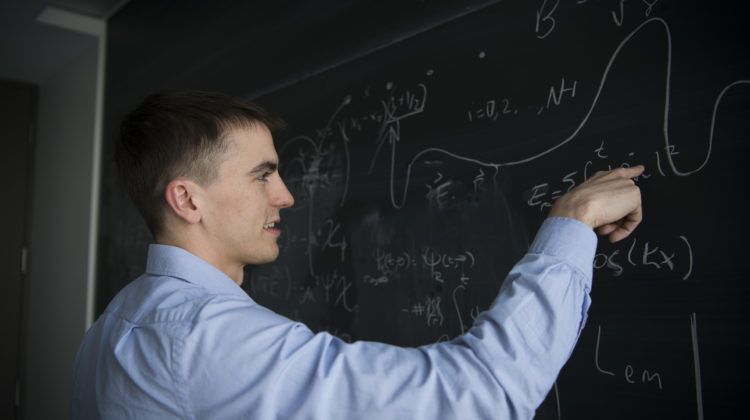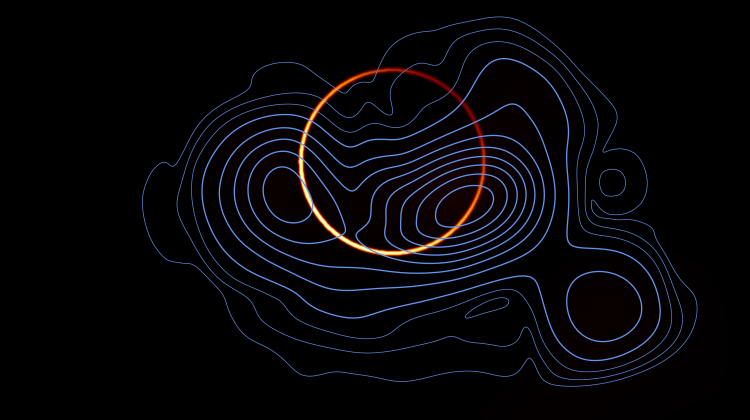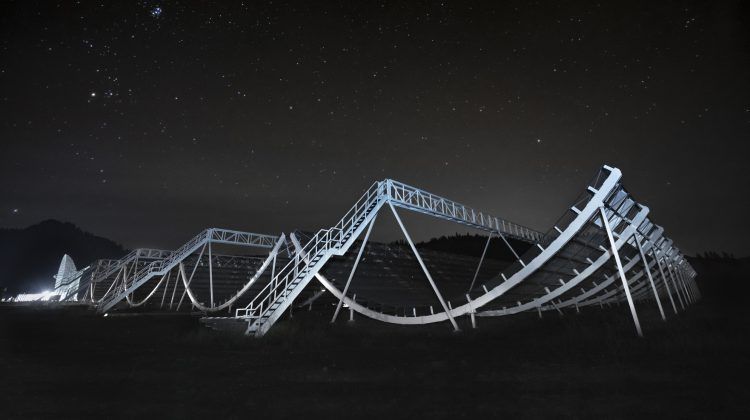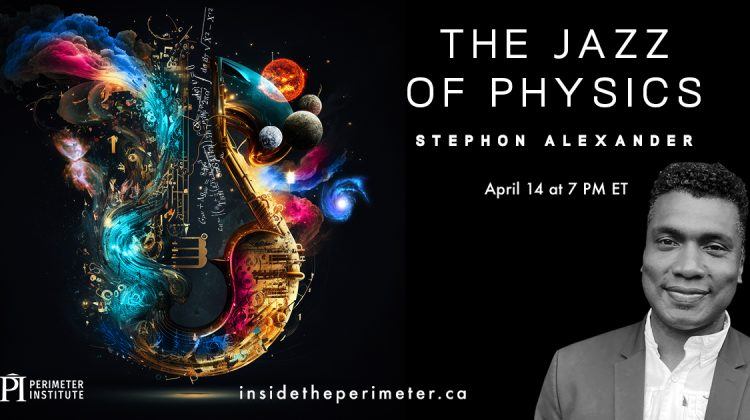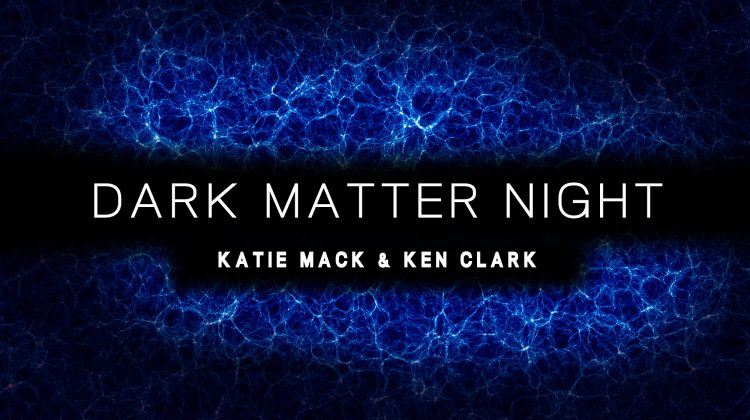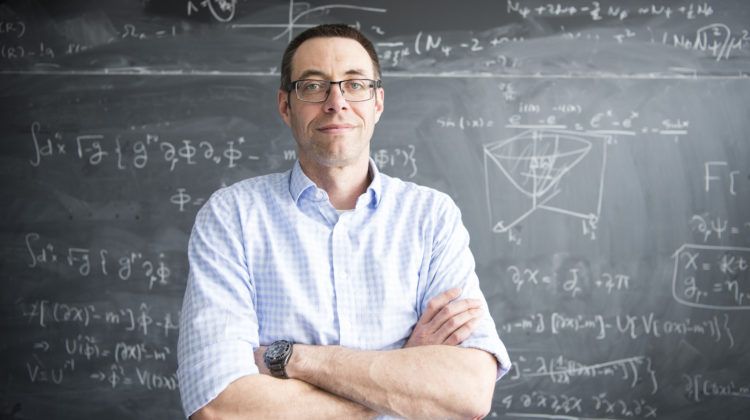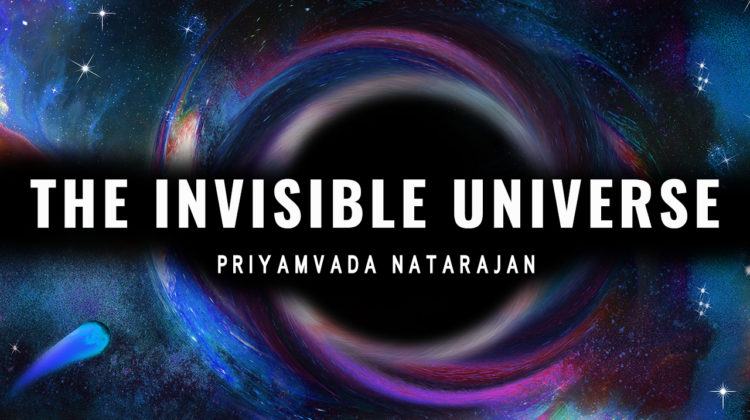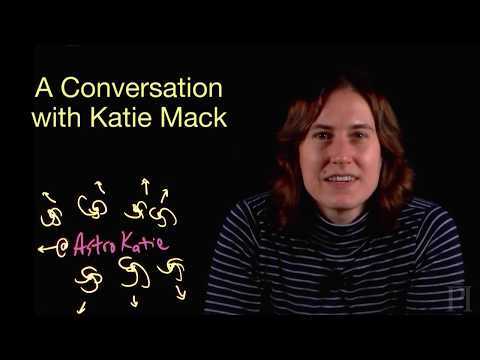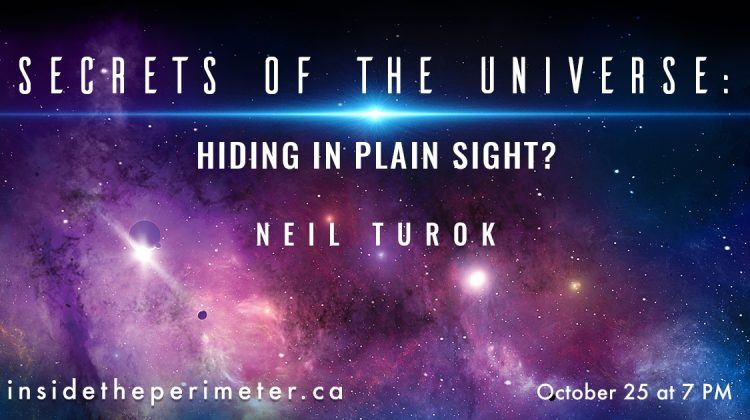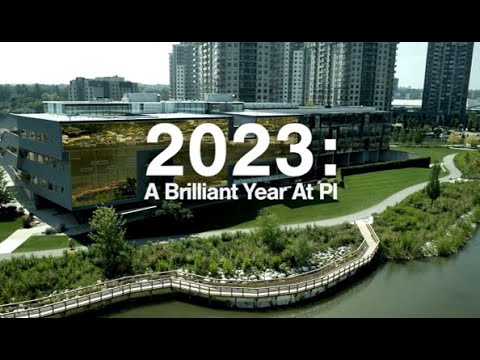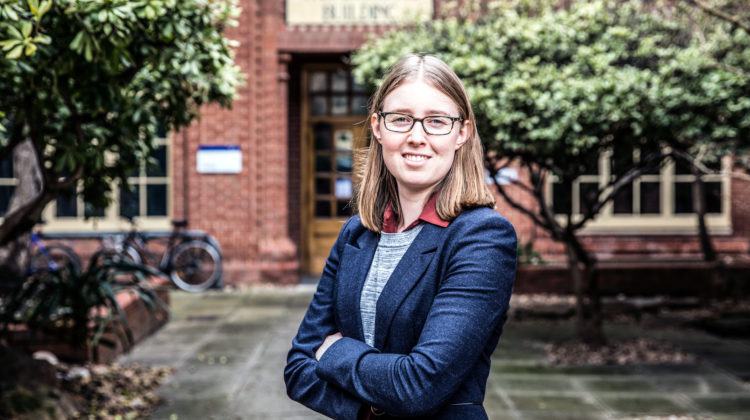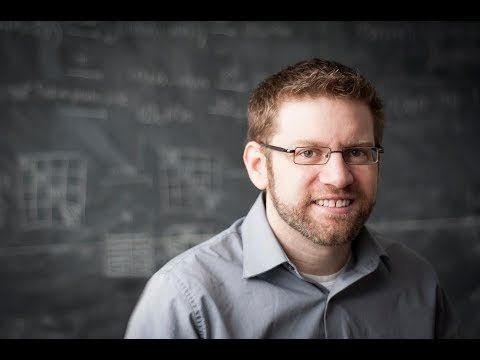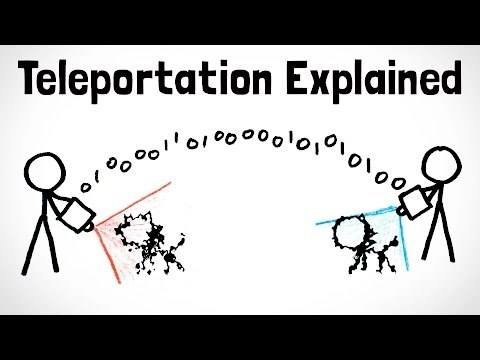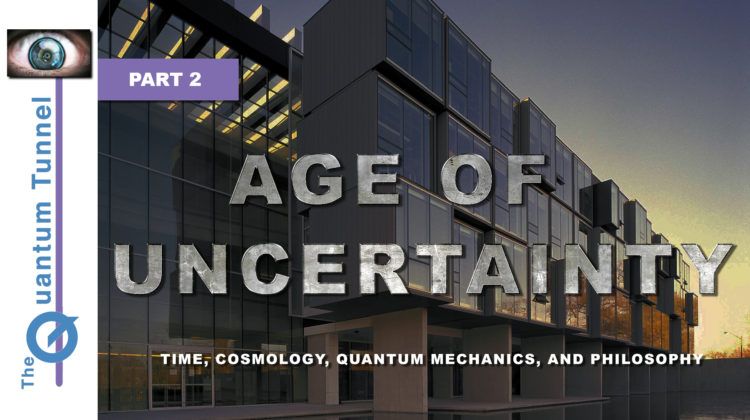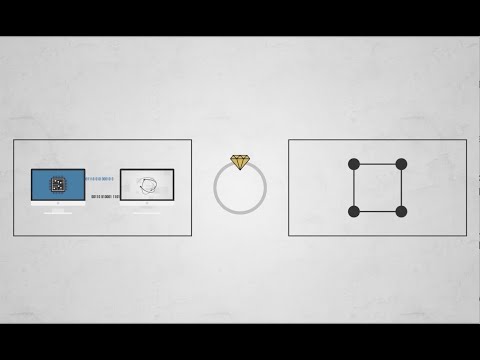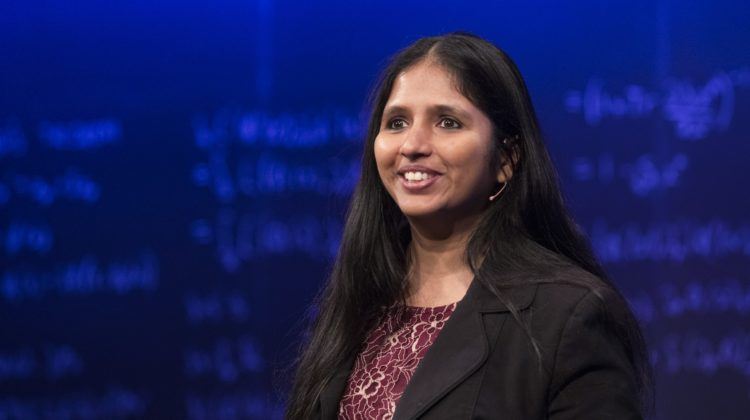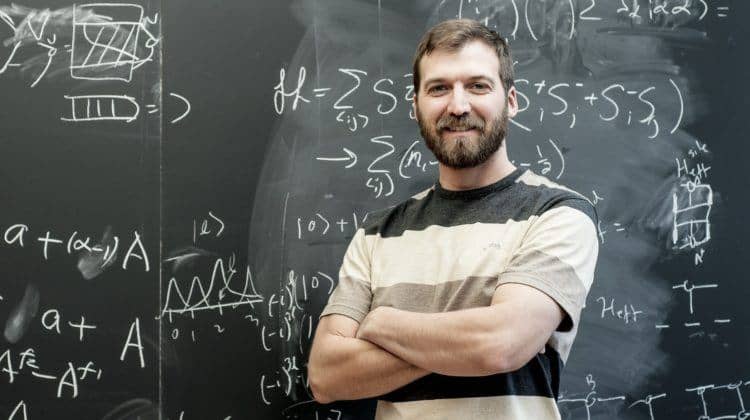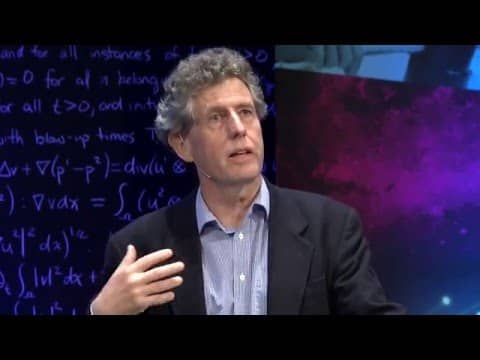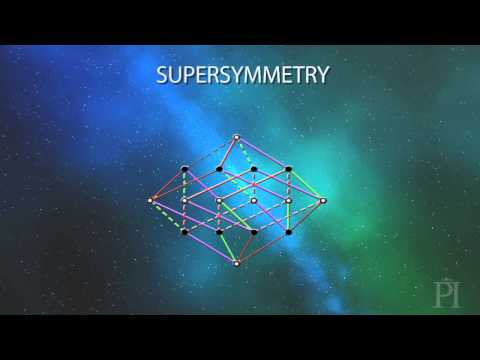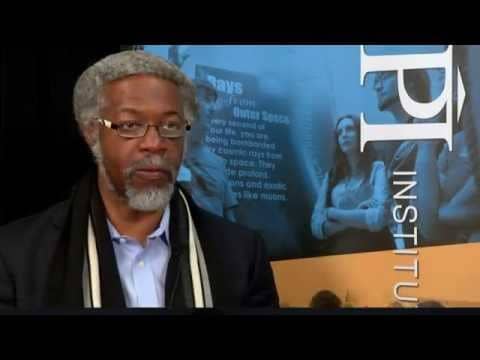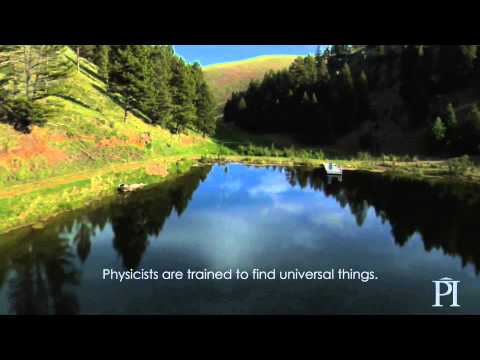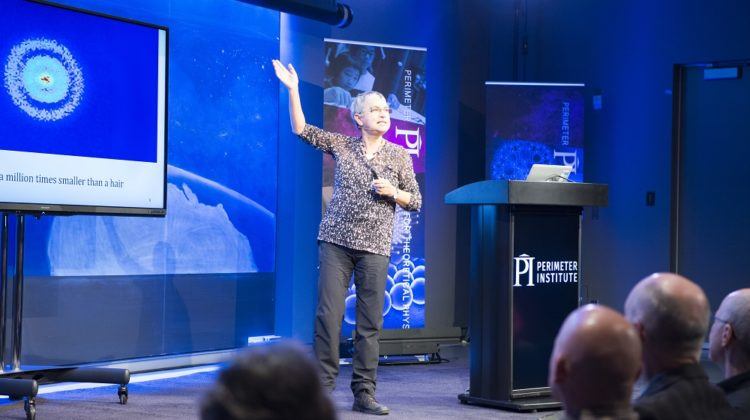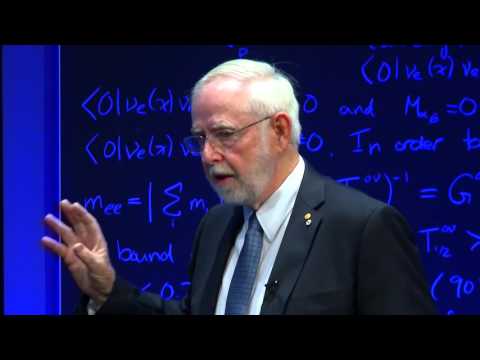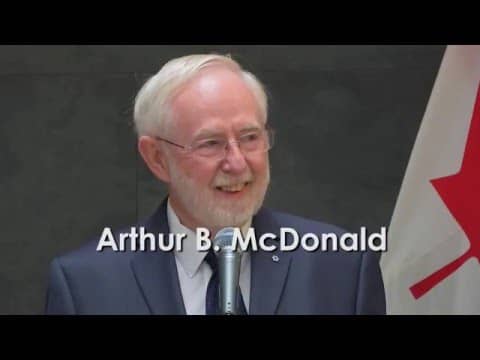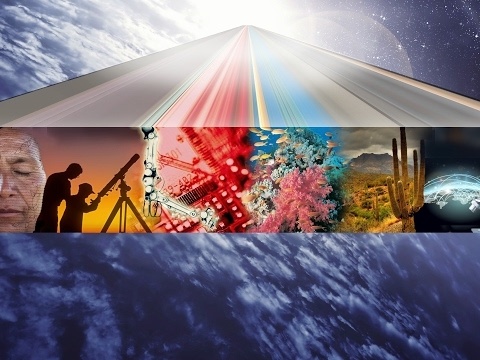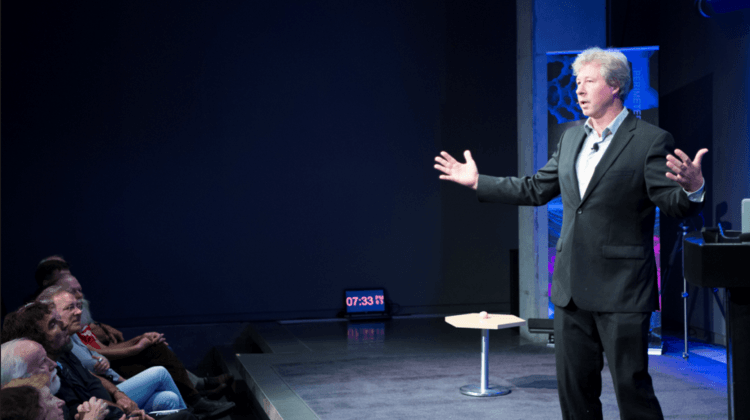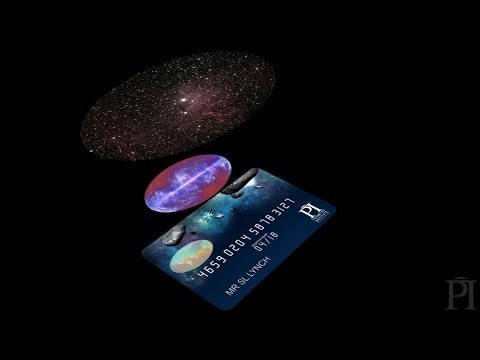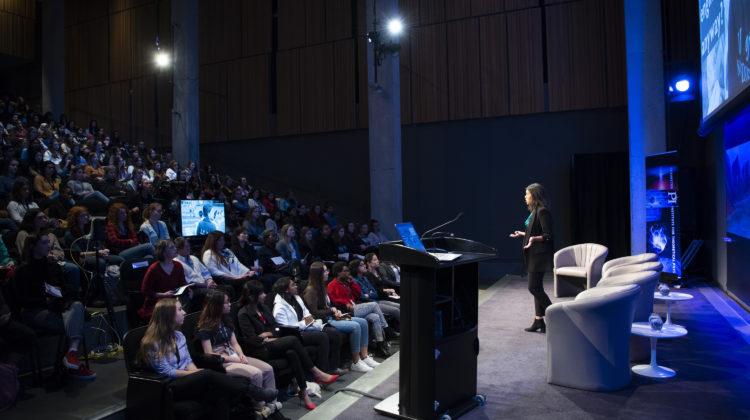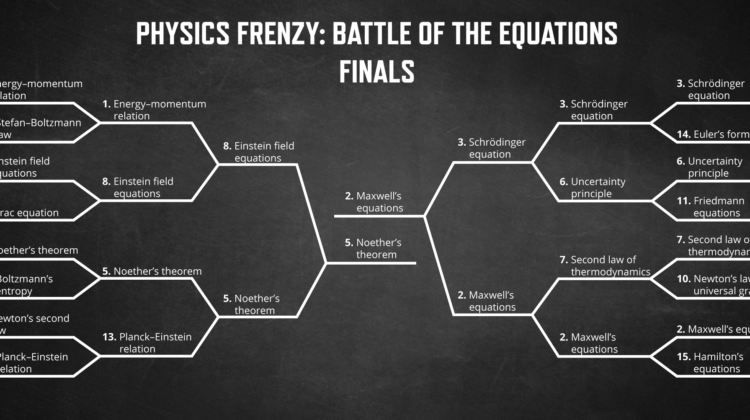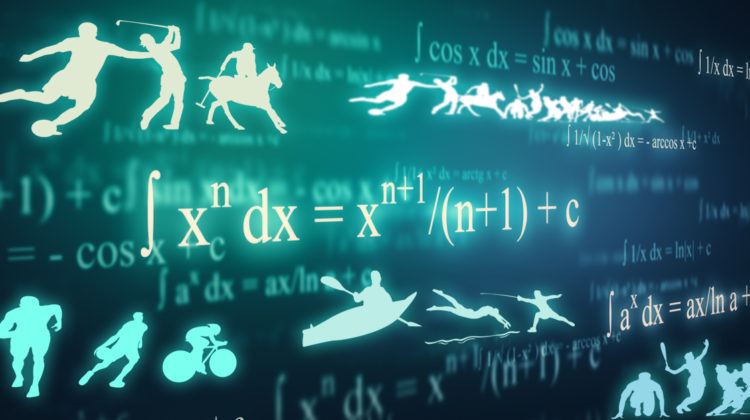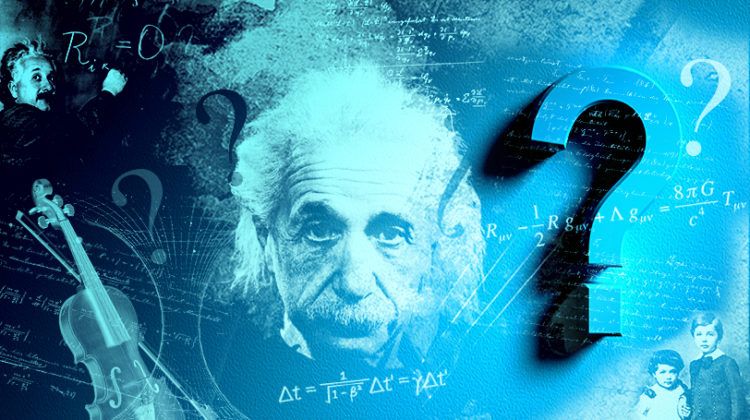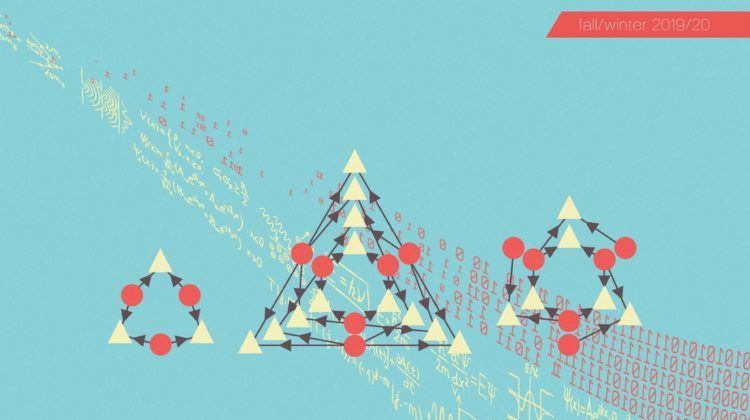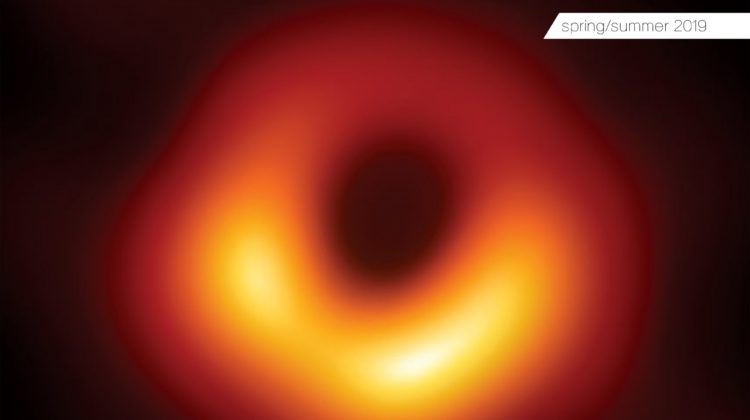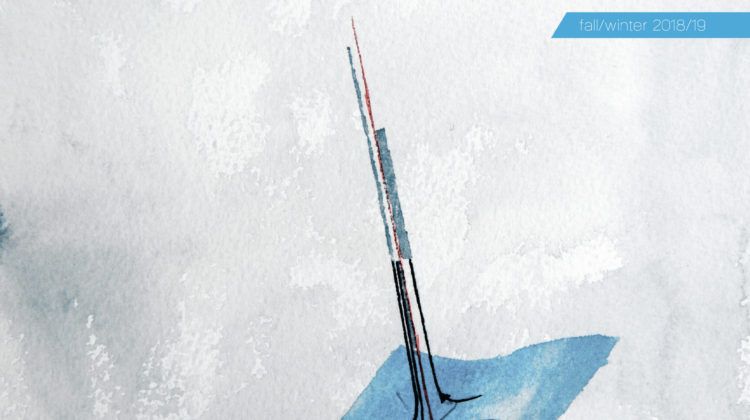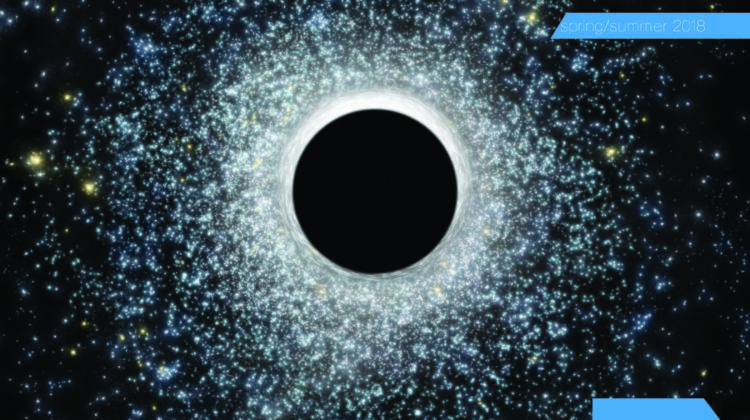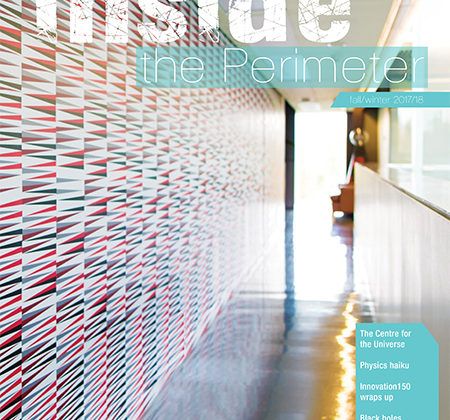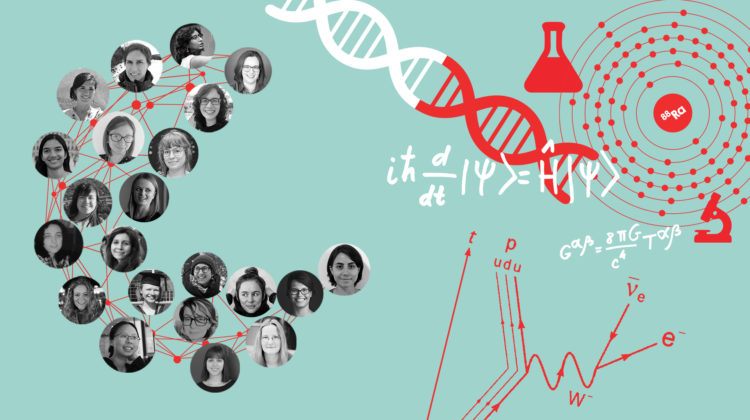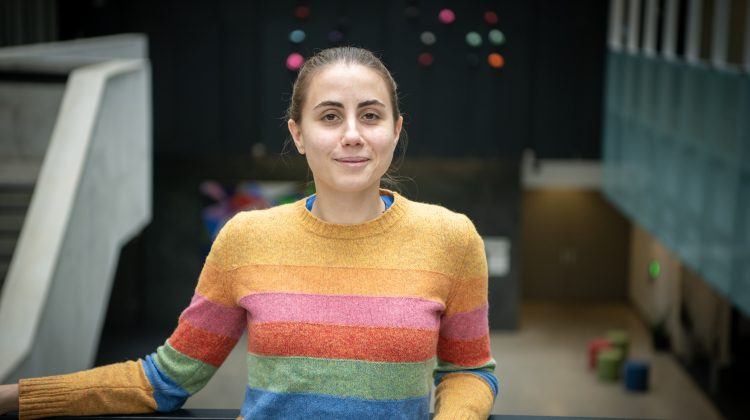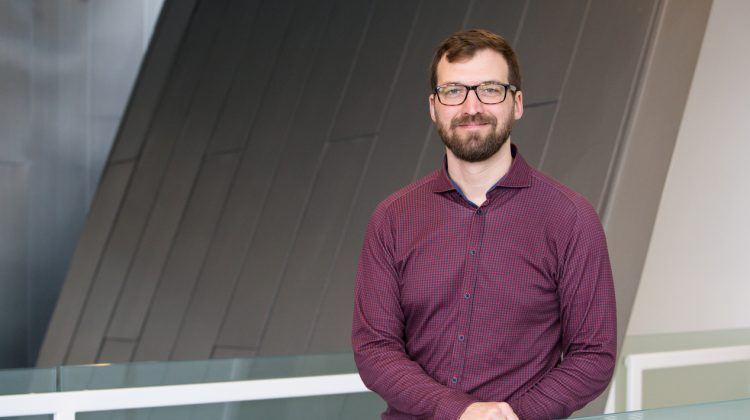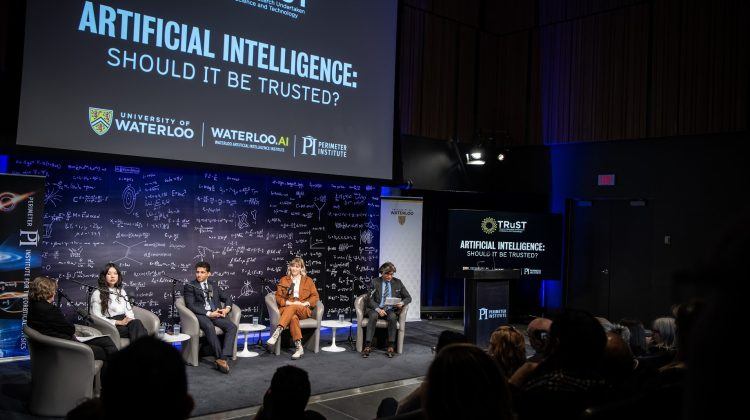Can data science help decode 3,100-year-old “Ramesside star clocks”?
Ancient Egyptian astronomical texts are difficult to interpret. Computer modeling might help.
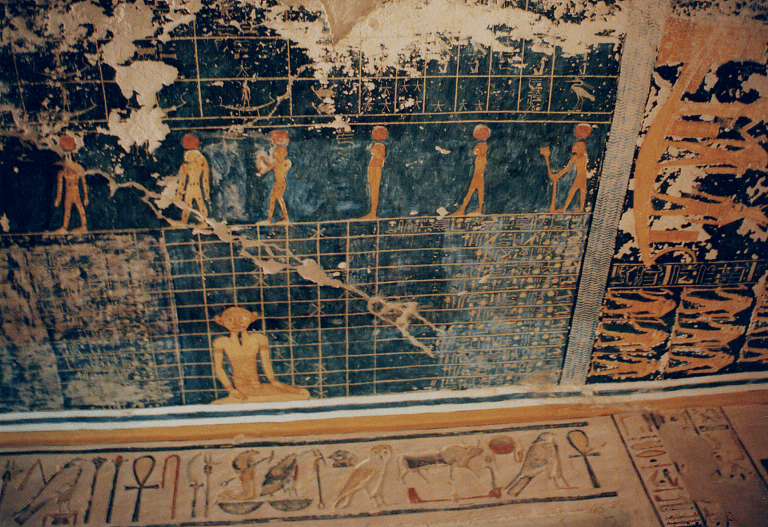
Luna Zagorac’s day job as a postdoctoral fellow at the Perimeter Institute for Theoretical Physics concerns the search for dark matter. But some days, she can be found poring over ancient hieroglyphic inscriptions from pharaohs’ tombs that document the movement of the stars.
“The sky looked very different 1,000 years ago, and 1,000 years before that, because stars in the sky move. That’s one of the things we wrestle with when trying to compare to data from long ago,” she says. The challenges are worth it: these 3,000-year-old texts show a surprisingly modern grasp of astronomy and timekeeping.

Zagorac has teamed up with two experts in the history of science, Sarah Symons of McMaster University and Petra Schmidl of the University of Erlangen-Nuremberg. Together, they’re hoping to interpret some of the earliest astronomical datasets ever recorded.
They’re called the ‘Ramesside star clocks,’ and there are four of them, dating from the 12th century BCE. While some older star clocks exist, none are so carefully systematic as these. Each consists of 24 tables that track the movement of the stars across the night sky.
Individually, each table features the name of a star, shows its position at each hour of the night, and covers a 15-day period. The 24 tables together chart an entire year.
Archeologists discovered the clocks painted on the ceilings of pharaohs’ tombs.
“Egyptian temples and tombs are a little bit like model universes. The ceiling or the inside sarcophagus lid represented the sky of that little universe,” says Symons. “In this case, it’s not a map that’s stationary, because it has a time aspect: it’s actually a moving map of the sky. You could say that these tables create a sort of planetarium in a tomb.”

Archeologists have a pretty good grasp of the symbolic and ritual nature of the star clocks. They formed part of the ‘machine’ of royal tombs that transported pharaohs to the afterlife. Furthermore, the clocks probably served a purpose beyond the domain of the dead – the original versions of the clocks were likely created on papyrus in temple libraries, used by priests whose duties included a timekeeping function.
Interpreting the star clocks gets difficult, however, when relating them to the real-life night sky.
In the tombs, each star table is depicted adjacent to a seated human figure, and the star positions are described in relation to a body part: the heart, eyes, ears, or shoulders. Evidently, astronomical observations were carried out by measuring a star’s position with respect to a figure, but there are no instructions as to where the figure itself should be positioned.
Was it the observer’s own reflection in a pool, with the night sky behind? Was it a statue of a figure, set high against the horizon? Or maybe there was a specific rooftop corner of a specific temple, with a seat dedicated to nightly timekeeping observations.
Archeologists don’t know. They have the star charts, but not the instruction manual.
Luckily, some of the stars are identifiable: the constellation Sahu, in ancient Egypt, maps closely to the modern Orion, while Sopdet is the bright star Sirius. Both inhabit the southern skies. The situation is complicated, however, because stars from the northern sky are also represented. The star clocks refer, for example, to a constellation called the Mooring Post – the fixed point in the northern sky around which all other stars rotate.
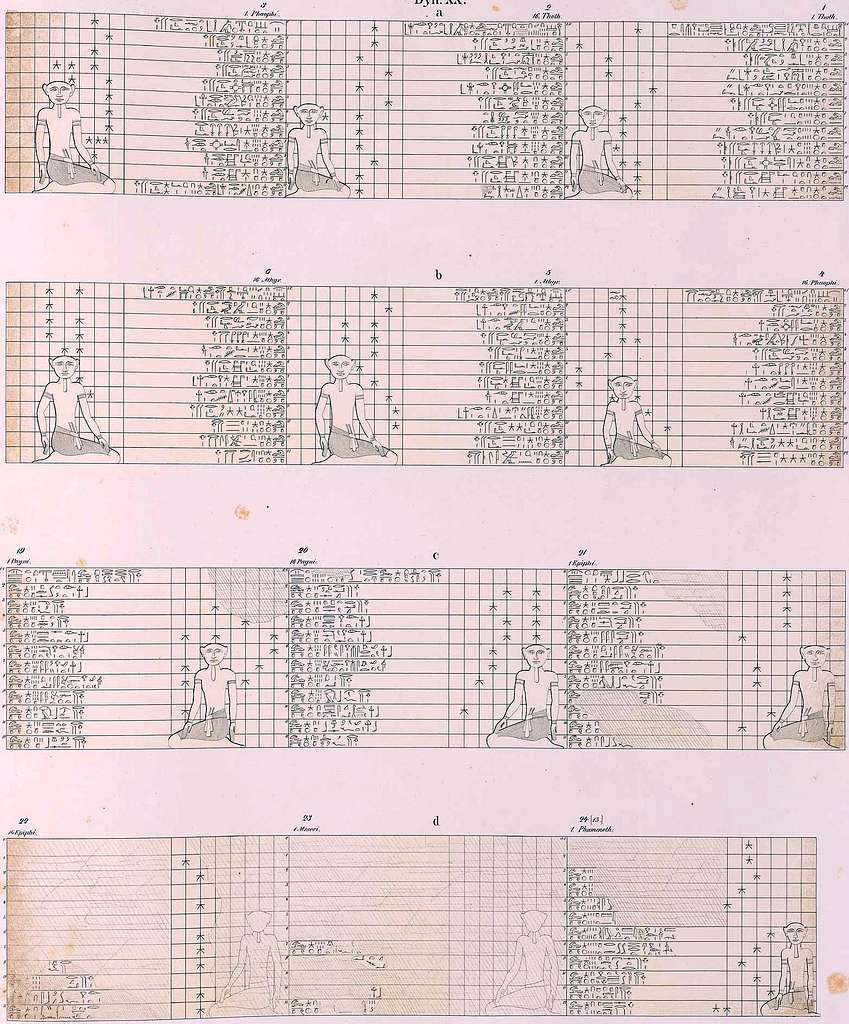
Ancient Egyptian timekeeping observations, evidently, were not made by looking only in one direction. It’s a perplexing astronomical puzzle.
That’s where data science comes in. The star tables, regardless of their eccentricities, do feature structured, systematic datasets. And datasets can be modeled.
“They sort of look like ‘ye olde Excel sheets,’” jokes Zagorac.
She’s building a software program called decanOpy to roll back the night sky 3,100 years, and to try to produce artificial star clocks that approximate the real thing.
“The idea is to be able to simulate what the night sky looked like at any point in time, and then ask the code to make synthetic Ramesside star clocks,” she explains. “My dream iteration of this is a model by which you can take a star – and the sky as it looked – and produce star clocks that look like the real thing and follow the same statistics. Then you can do the inverse. You can project the model data onto the night sky.”
There’s necessarily going to be some guesswork involved. “All models are wrong, but some models are useful,” says Zagorac, quoting a longstanding tenet of data science. Nonetheless, the intent is that her models will be able to statistically corroborate their interpretation of the archeological evidence.
The Ramesside star clocks are just one snapshot of ancient timekeeping practices, and this project is part of a larger effort to understand the early days of human horology writ large. In its broader context, the ancient Egyptian hour seems to be the point of origin of our modern hour, surviving even as the Babylonian zodiac rose to prominence and largely displaced other Egyptian astronomical formulations.
Schmidl, an expert in Arabic timekeeping practices, is especially interested in how timekeeping and astronomical ideas crossed – or didn’t cross – cultural boundaries. She is working with Symons on a history of water clocks, and her interest in the Ramesside star clock project arose from wanting to understand the possible points of cultural continuity and interconnections between ancient Egypt, Mesopotamia, and later Arabic practices.
“From my perspective, it’s cool that there are similar techniques of timekeeping at night in the Arabic sources. If we can understand the Egyptian part better, we will also better understand the other parts,” says Schmidl.
The confluence of expertise between Schmidl, Symons, and Zagorac is perhaps unique, and isn’t necessarily the normal fare for Perimeter scientists, but it is in line with Perimeter’s ethos.
“I think there are benefits to weird conversations, and Perimeter is designed, its fabric is designed, to promote collisions between ideas,” says Symons. “We hope we’re contributing to that in some way.”
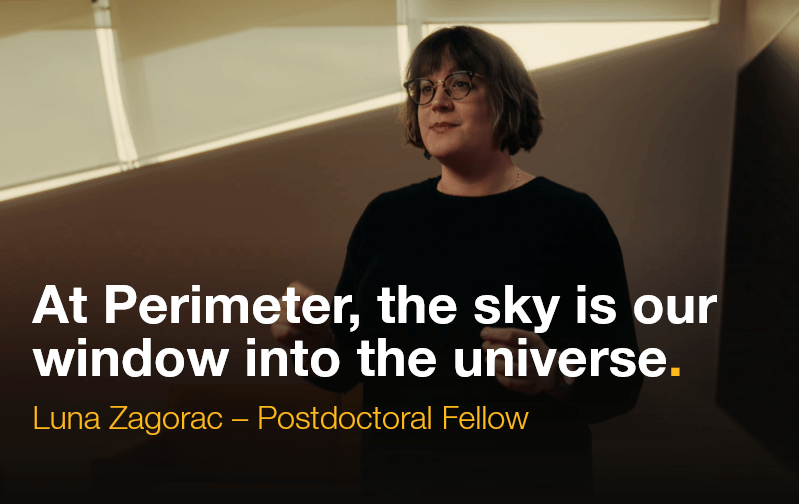
Zagorac agrees, calling it “radical interdisciplinarity.”
“At Perimeter, the sky is our window into the universe. Cosmology gets done with us peering into the sky and building wonderful machines that can do it better,” she says. “But the sky is also heritage – everybody’s heritage. I would love to see the software that I’m building flourish into something that’s useful to archeo-astronomers, so they can put a little bit more heritage back into the sky.”
Zagorac has found the star clock project to be a useful tool for outreach, too. When her initial efforts were presented at a conference in Cairo last fall, the feedback was enthusiastic. The project inspires history buffs to become excited about astronomy and physics, and vice versa.
“It’s cosmology on both sides,” says Zagorac. “Cosmology in the sense of understanding the evolution of our universe and how the stars came to be where they are, but also cosmology in the sense of ‘sense-making,’ or understanding our place in the universe. I think it’s a really fabulous intersection.”
